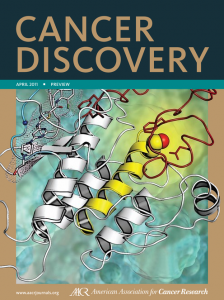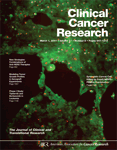Translating Cancer Genomics into Personalized Medicine: Challenges & Opportunities
Today in the plenary session of the 102nd Annual Meeting of the American Association for Cancer Research (AACR), Lynda Chin from Dana-Farber Cancer Institute in Boston provided an excellent overview of the challenges and opportunities of translating insights from cancer genomics into personalized medicine that will benefit patients.
I unequivocally recommend listening to the webcast of the plenary when it is posted on the AACR website.
As Dr Chin stated at the start of her presentation, “cancer is fundamentally a disease of the genome.” The goal of all cancer research is to make progress with prevention, detection and cure.
In the plenary presentation she highlighted some of the successes that have come from understanding the genome e.g. the knowledge of BRAF mutation in melanoma led to the identification of a target and development of a new drug in 8 years. In addition to the development of novel therapeutics, genomics research has helped companies reposition drugs and she highlighted crizotinib as an example (move from C-Met to ALK inhibition in NSCLC).
These successes have “motivated researchers” according to Chin. However, it is transformative new technology such as the next generation of sequencing technology that has heralded “a new era of cancer genomics.” Massively parallel sequencing enables comprehensive genome characterization.
Not only has innovative new sequencing technology increased the throughput, but it has dramatically decreased the costs. As Dr Chin noted, some have questioned whether cancer genomics is worth it? She outlined some of the recent successes, such as BAP1 in ocular melanoma (see my previous post on this) as examples of its value.
Challenges remain such as the management of the vast amount of data that genome sequencing produces. Data management, processing and storage remain issues, as does the need to develop a reference human genome against which a patient’s tumor profile could be compared.
And even when you find a mutation, the challenge is to separate the “drivers” from the “passengers.” This according to Chin requires a “robust statistical framework”.
Cancer signaling is not linear, but is a highly interconnected and redundant network, so it remains a big task to translate genomics into personalized medicine. According to Dr Chin using mice as models to bridge the gap between sequencing and man may be the way forward in translating cancer genomics into personalized medicine.


